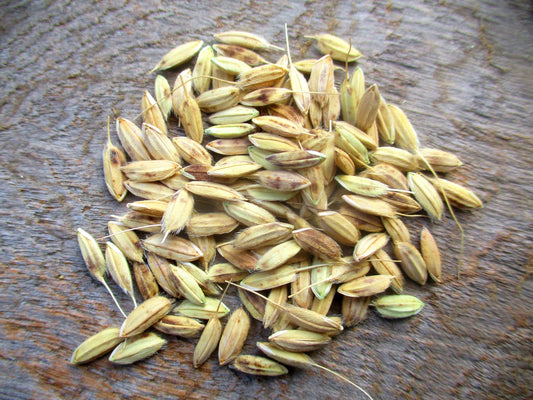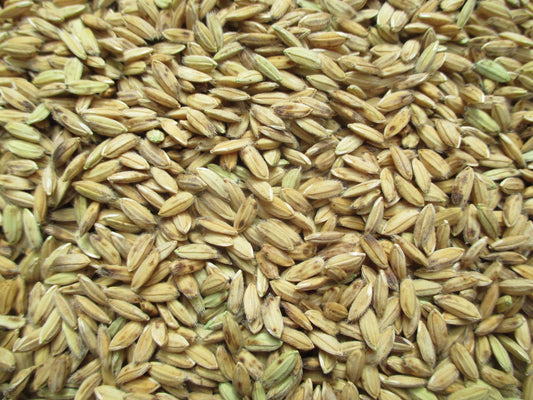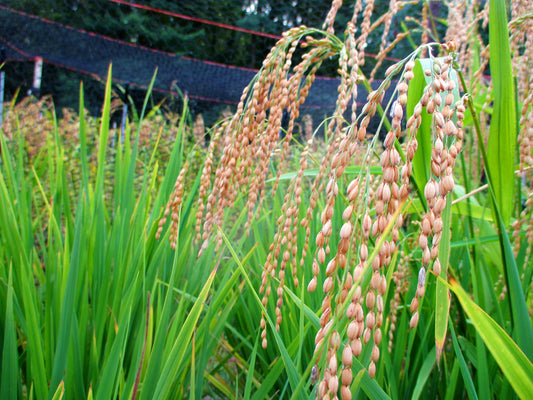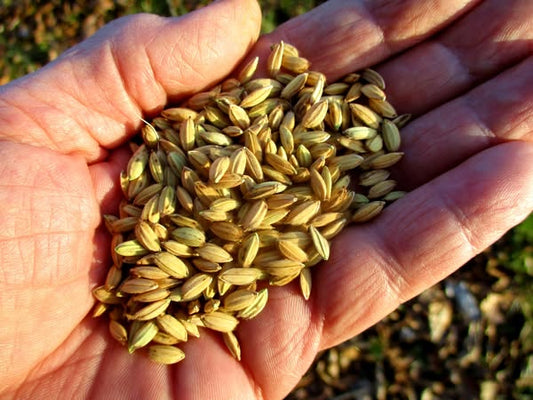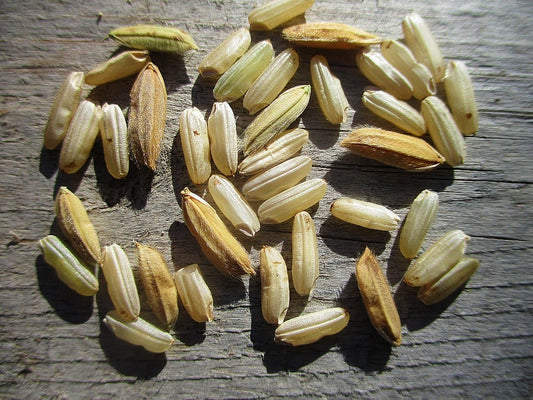Collection: Upland Rice
When one thinks of rice under cultivation, traditionally images of tropical fields divided into a patchwork of flooded paddies come to mind. For rice in northern areas, it's the wild rice (Zizania palustris) tucked along remote lakeshores and stream beds that captures our attention. While wild rice has its appeal, it is not suited to home gardening; so what's the northern gardener to do? Enter upland / dryland rice. Upland rice is in the same botanical group as paddy rice but it does not require a flooded stage in its growth cycle - YAY!
A few years ago in our ongoing efforts to improve our family farm's self-sufficiency and resilience, we included a trial of Duborskian rice. That first season we only managed a harvest of a few panicles. Fortunately the following January we had the opportunity to meet Indiana Seedsman John Sherck which proved immensely beneficial.
Fast forward a few seasons and we now enjoy success growing upland rice on a small scale here in southeast Michigan. Our homegrown seed stock includes multi-generational direct-seeded lines for short grain Duborskian and risotto style Loto. With a focus on direct-seeding, we are expanding our collection to increase the available diversity of upland rice varieties suited to our northern temperate conditions.
We will make a 'growing' guide when life slows down a bit... in the meantime, we suggest joining and participating in the discussions in the Facebook group: Upland Rice Growing in Cold Temperate Climates
IMPORTANT NOTE: Keep in mind, rice seed is hulled. Rice is planted in its hull but after harvest, that hull must be removed before eating. De-hulling rice is not easily achieved by hand, requiring mechanical assistance such as the Grainmaker, a Brill De-huller or an electric de-huller.
 Sold out
Sold out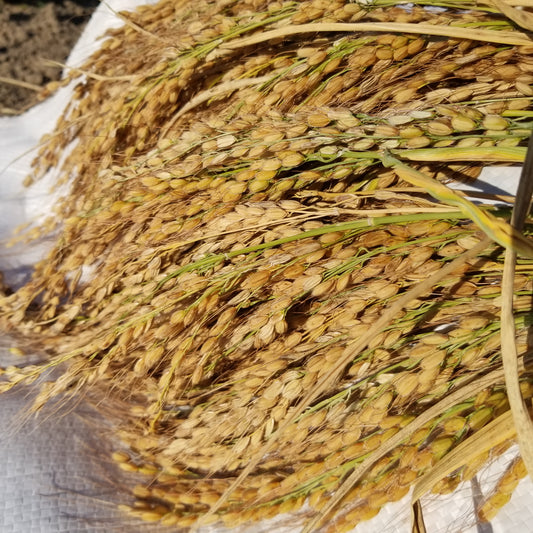 Sold out
Sold out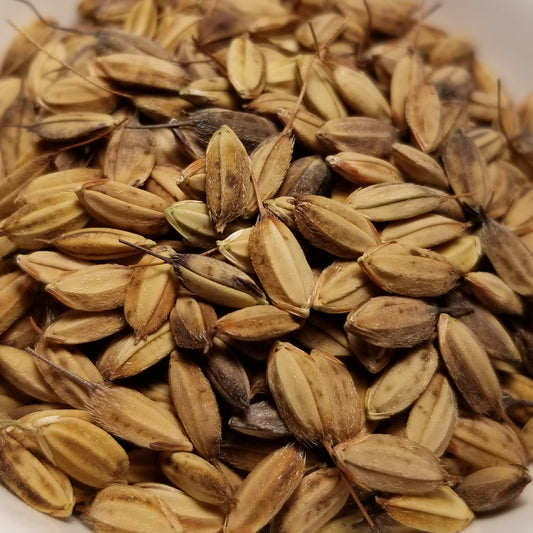 Sold out
Sold out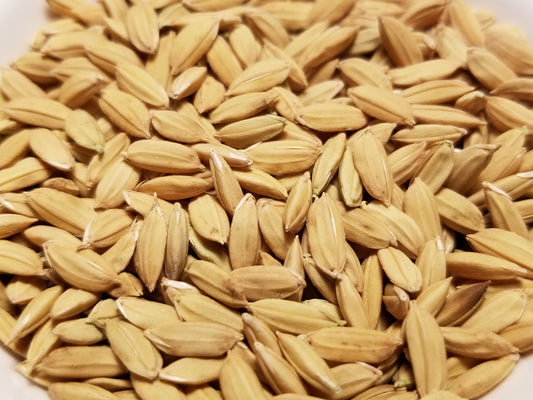 Sold out
Sold out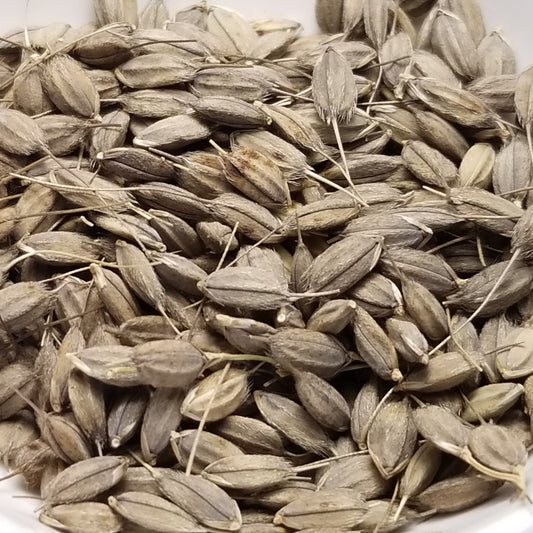 Sold out
Sold out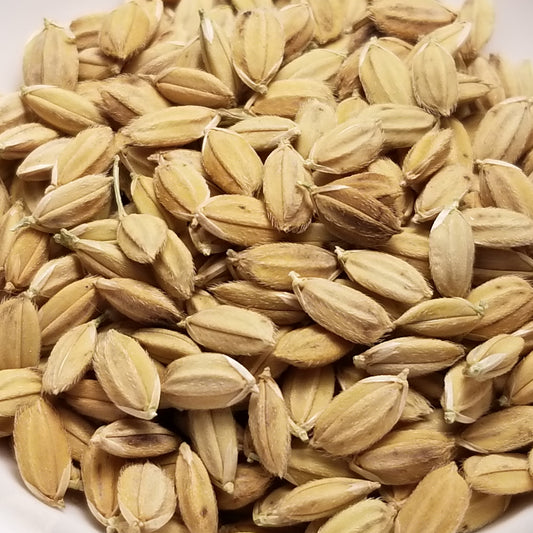 Sold out
Sold out
